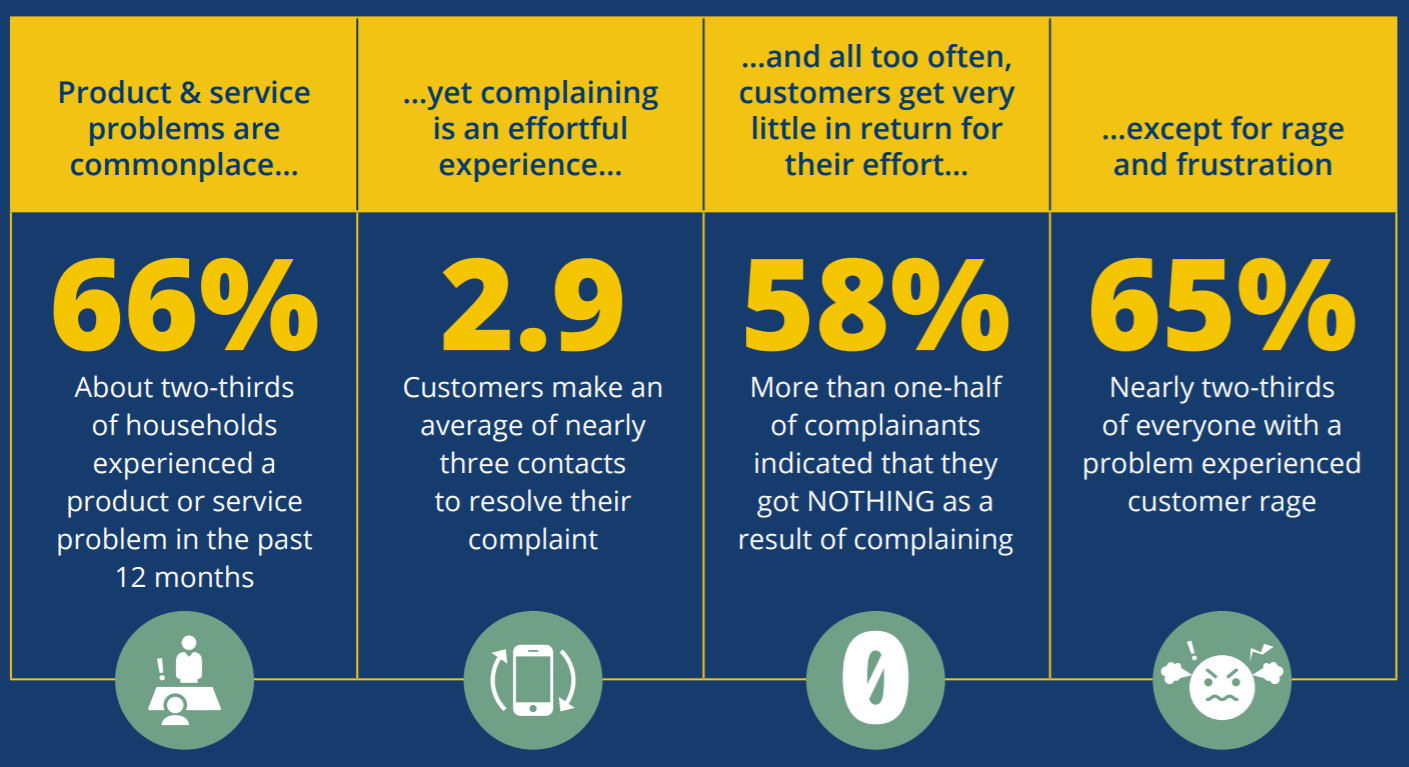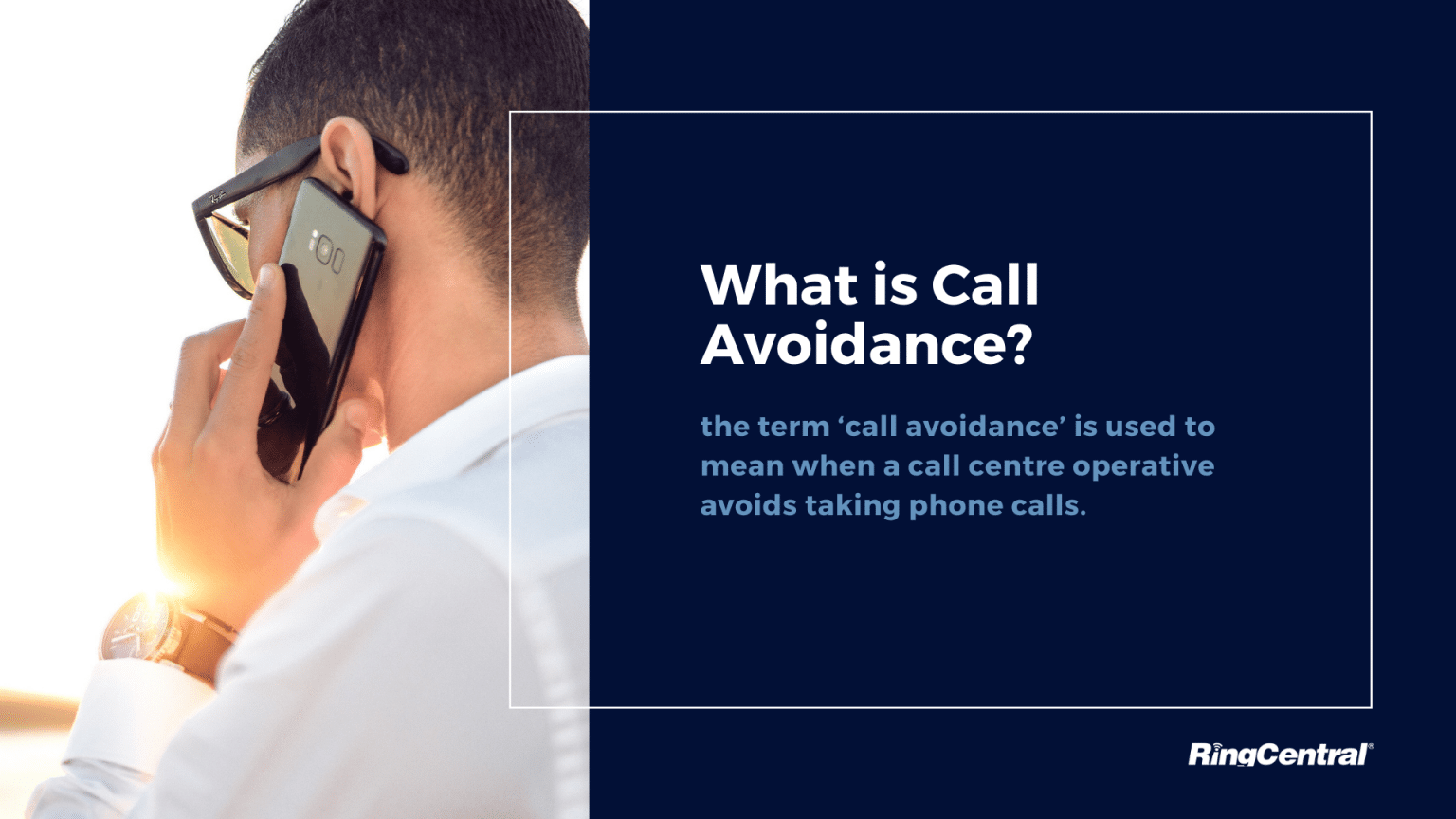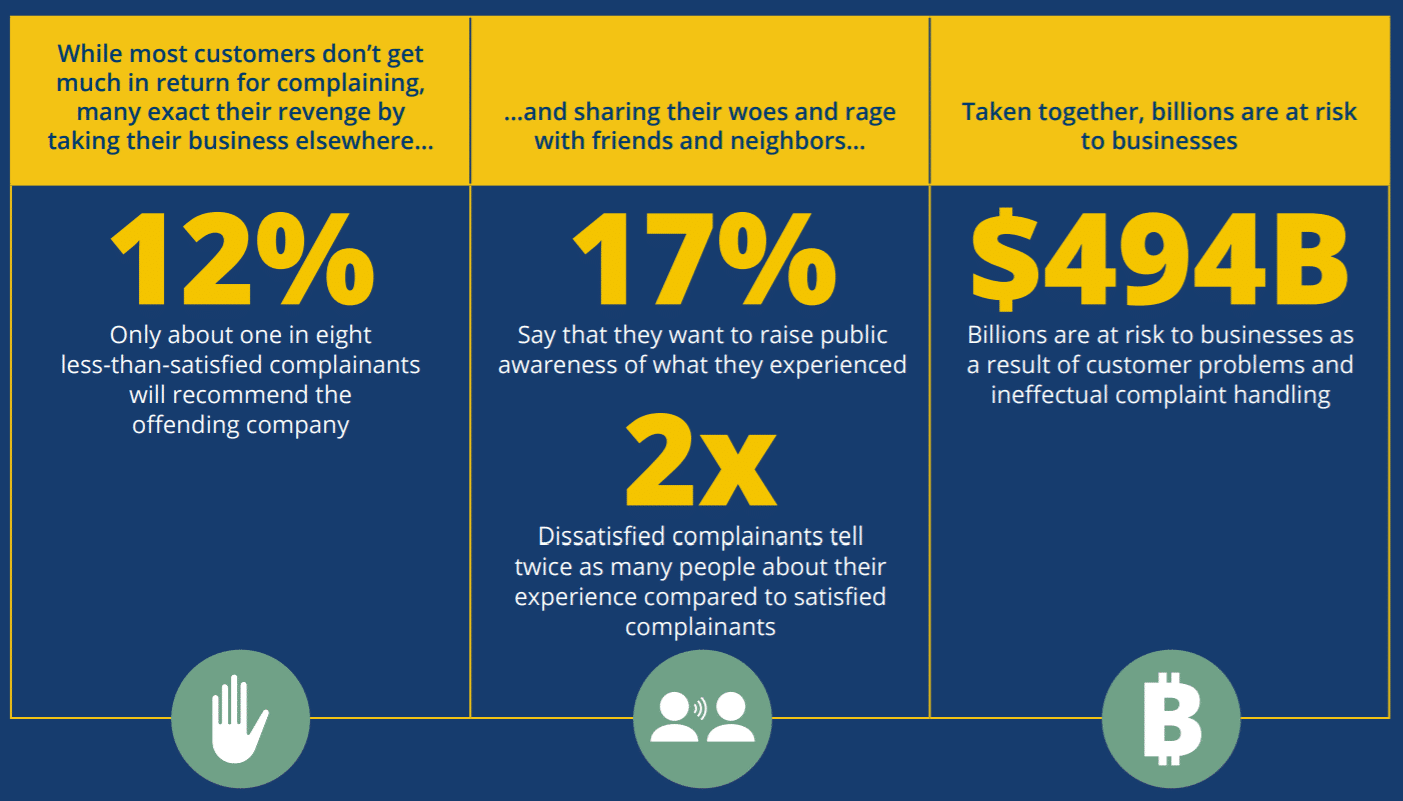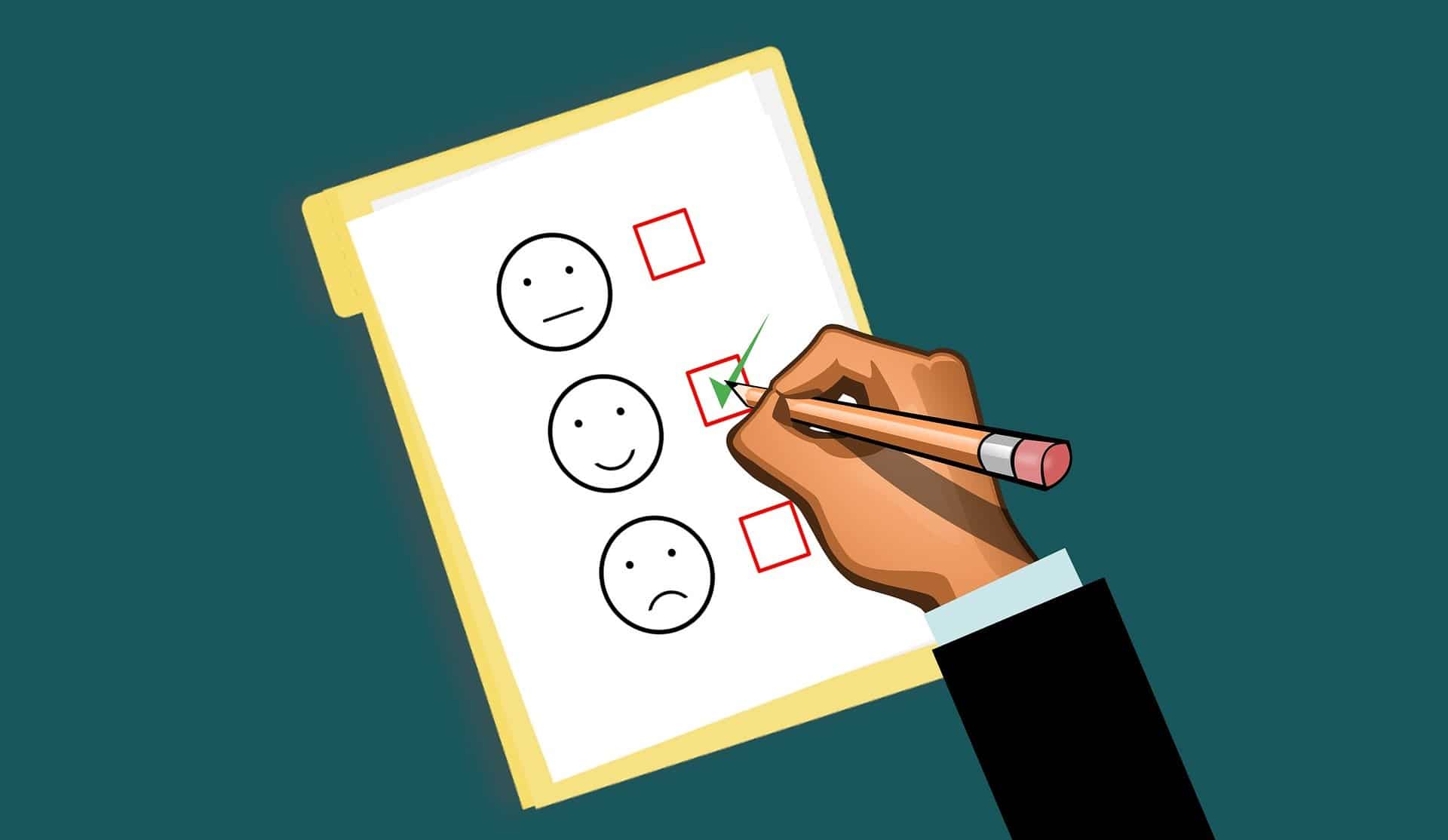If you’ve spent any time working in a call centre, you’ll have spent more than your fair share dealing with irate customers at the other end of the line. Of course, people may have legitimate reasons to be angry. Put yourself in their shoes: you’ve probably had bad customer experiences of your own, so you’ll know how enraging it can sometimes be.
At the same time, it’s also important to see this from the perspective of contact centre agents. Having to deal with angry customers, themselves looking for someone to take their frustrations out on, is hardly likely to be a pleasant experience for them. Quite the contrary, it’s often draining and demoralising, and over time, it can take a real toll on their mental health. This is all too often overlooked by service providers.
What’s more, customer frustrations are incredibly widespread. According to the 2020 Customer Rage study in the United States, two-thirds of households surveyed had experienced some sort of problem with a product or service over the preceding 12 months. To make matters worse, more than half of these (58 per cent) found that complaining got them nowhere. Unsurprisingly, then, 65 per cent said they had experienced customer rage.
It shouldn’t come as a surprise, then, that for some call centre agents, all this simply gets a bit too much. Some, therefore, succumb to the temptation simply to avoid calls. Again, try to see it from their vantage point. You’ve had a hard day of dealing with high inbound call volumes and service requests. Mostly, you’re talking to infuriated customers, trying to placate them to little avail, only to be faced with the prospect of another one towards the end of your shift. It’s no wonder some agents simply dodge some calls.

Source: Customer Rage Study 2020
But of course, for the businesses that employ these call centre agents, it pours petrol on the flames when operatives avoid taking certain types of calls. Customers who have a bone to pick, and who are already simmering, are not likely to be impressed if they can’t get through to your contact centre. Or if they’re left in the queue via an interactive voice response (IVR) for an unreasonable amount of time. It also means that more than likely, they’ll be taking their custom elsewhere in future. That, thus, completely undermines your customer retention strategies.
GET FREE contact centre seat licences to get your agents working from home
This problem is known as call centre avoidance. It’s not enough to assume that your contact centre is immune and that all your staff will resist the temptation. Call centre avoidance is simply a fact of life. This can encompass a range of different behaviours and take a variety of forms, which we’ll come on to discuss in this guide.
It’s important to recognise the nature of this problem and take active steps to mitigate it. In other words, you need a call avoidance strategy. The more effective your call avoidance policy, the higher your standards of customer interaction. With better levels of service each time a customer contacts you, overall customer satisfaction will also rise. And ultimately, this will show up in your company’s all-important bottom line.
What is Call Avoidance?

First, we need to start by defining and explaining the problem of call avoidance. In a nutshell, the term ‘call avoidance’ is used to mean when a call centre operative avoids taking phone calls. That’s when a call is the best way to solve a customer’s issue. It doesn’t mean directing someone to self-service solutions or FAQs if they can provide a satisfactory solution.
There’s a number of ways in which an agent or help desk employee might duck calls. These include the following:
- Taking their phone off the hook so customers can’t reach them.
- Transferring calls to other call centre agents.
- Taking excessive breaks or downtime.
- Remaining in conference mode for longer than needed when transferring the call to another operative.
- Logging into voicemail so as to avoid a call.
In addition, call avoidance may also take another form. This is when an operative deliberately takes longer than they need to over a particular call, so as to avoid taking others. In the customer service industry, strong customer relationships are vital. One simple call, though, shouldn’t take an hour to resolve.
READ Setting up a Call Centre: The Definitive Guide
We’ve already discussed just how infuriating all these behaviours can be for customers, and how they can have an adverse effect on a business.
There’s something in the old adage that ‘the customer is always right’. You don’t necessarily have to believe in yourself, but you do at least have to ensure that customers feel like you do. This means that their complaints and queries must be treated seriously and respectfully. You must also bring about corrective action in a prompt manner. If your business can’t meet this benchmark because of call avoidance, it can do serious and lasting damage.

You should also remember that there’s never been more power in consumers’ hands than there is today. This isn’t just because there’s so much choice at their disposal, and that it’s so easy for them to go elsewhere for products and customer support. In addition to this, it’s also easier for them to do damage to your brand than ever before. They can leave negative reviews or attack your business on social media, and others will see it.
This is why it’s so essential that you get the basics of customer service right. The consumer market in which we’re all operating can potentially be volatile and brands – from healthcare to retail – are easily tarnished. A big part of this is making sure that customers can get through to your agents when they have any problems. This requires an adequate customer-friendly call avoidance strategy.
Call Avoidance Strategy For Call Centres
A lot of businesses have introduced quite prescriptive policies for call handling. That’s with a view to ensuring that customers get the best possible service, and ensuring consistency across the board. For example, with regard to waiting times and call back, or other KPIs. Some of them set stringent frontline agent performance targets to the same end.
The need for a call centre call avoidance policy is uncontroversial and widely accepted. Few could argue with reasonable targets, guidelines, and requirements to help ensure a certain level of consistency when it comes to customer experience (which is, after all, increasingly important). A well-designed call avoidance policy can also be helpful to phone agents. It makes it clear what’s expected of them, and the kind of standards they have to meet.
However, it’s also true that call avoidance policies can be overly strict, to the point of being counter-productive. The reality is that human error, and human fallibility, will always be with us, and your call avoidance strategy has to take account of this. Furthermore, it has to recognise the pressures your call centre agents are under from day today.

How to Implement a Call Avoidance Strategy
How you implement your call avoidance strategy, then, will make a huge difference. It will go a long way to determining whether your strategy serves the purposes for which it’s intended. Namely, minimising call avoidance and making sure that customers’ problems are addressed quickly, efficiently, and considerately.
Your call avoidance strategy needs to be clear and comprehensive, but it must allow some room for flexibility. It must recognise the importance of keeping contact centre agents’ morale up, and avoid putting too much pressure on them. Agents who’ve got centre managers breathing down their necks the whole time – almost waiting for them to slip up – are not going to perform to the best of their ability.
This means, in turn, that standards of customer support will also take a hit, thus undermining the whole reason for implementing the call avoidance strategy in the first place. Be sure to consult with call centre agents – freely and frankly – about their experiences, and what they think a call avoidance strategy should look like. They’ll be able to use their own knowledge to help you draw up a strategy that meets the needs of both staff and customers.

Call Avoidance And Call Centre Agents
We’ve already alluded to the fact that call centre operatives can often find themselves under a lot of strain. Sometimes people believe that only applies to those making outbound calls. Repeat calls trying to sell products are, of course, stressful. Service calls, though, are often no picnic.
It’s far from pleasant to have to deal with the sheer volume of negative calls with which agents are faced. After all, relatively few people ring a call centre to let the people at the other end know how great the service has been (though it does happen).
Do you want to add automation and artificial intelligence to your contact centre?Connect with us!
Call avoidance strategies, therefore, need to take the welfare of staff into consideration. If your call avoidance policies are too harsh and inflexible, your agents won’t be able to perform to the best of their ability. There’s a good chance, then, that the strain will simply get too much for them. This is likely to have an adverse effect on the atmosphere of the entire call centre, as team members fear retribution and dread taking calls.
Your call centre agents need to be treated with due care and respect so that they’re performing as well as they can. Your customers will be the ones to benefit, as will your business as a whole.
How to Prevent Call Centre Avoidance Among Agents
So, having taken everything in the previous section into account, preventing call centre avoidance among agents is a matter of striking the right balance. Your call avoidance policy needs to provide agents with clear guidance about taking phone calls and what’s expected of them in doing so.
It also needs to outline what the process would be for those who don’t abide by the policies in place. For those who breach your call avoidance policy, it’s true that sanctions may be necessary for certain circumstances. Though these must always be fairly and pragmatically applied. But to resort to disciplinary measures should be a last resort. You must remember at all times what your agents are having to confront every day at work.

Source: Customer Rage Study 2020
Call centre agents will respond positively to a call avoidance policy that’s fair, consistent, and reasonable. They’ll respond badly to a draconian approach, however. As we’ve already mentioned, you should approach your call centre agents and discuss the issue of call avoidance with them.
Find out what causes it, why agents might reach the point of avoiding calls, and what measures might be taken to reduce the problem. For instance, could you implement a knowledge base to reduce the number of calls being received over a certain period of time?
By taking this approach, you should be able to get to the root of the issue and devise appropriate measures to address it. You might train a chatbot to handle password resets, for instance. Or implement a full software update. Whatever your agents will appreciate your willingness to approach them and seek their views in all candour.
Be sure to consult with team members regularly once your call avoidance strategy is in place. This will allow you to pick up real-time information about how effective it is proving to be and whether any other factors have changed.
Conclusion
Hopefully, this guide has provided you with new insights into the nature of call avoidance and the reasons behind it. As we’ve just discussed, it’s a question of working out how to strike the appropriate balance. It’s certainly a challenging balance to strike between ensuring that customers get the talk time and help they need promptly, and ensuring your agents aren’t overburdened and stressed.

If you can find a solution to call avoidance that works for your agents as well as your customers, you’ll have set your business on a much firmer footing for the long haul. The happiness of your customers is essential, but an unhappy and demoralised team will struggle to help them. A pragmatic strategy against call avoidance, however, can help agents meet the needs of customers more effectively and attentively.
Want to learn how contact centre technology can create a better experience for customers and agents? Click here!
Originally published Nov 24, 2020, updated Jan 16, 2023



